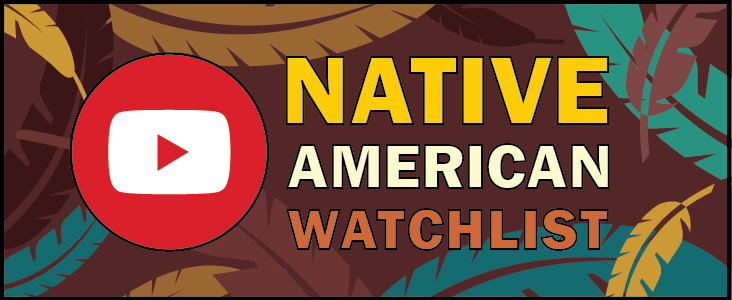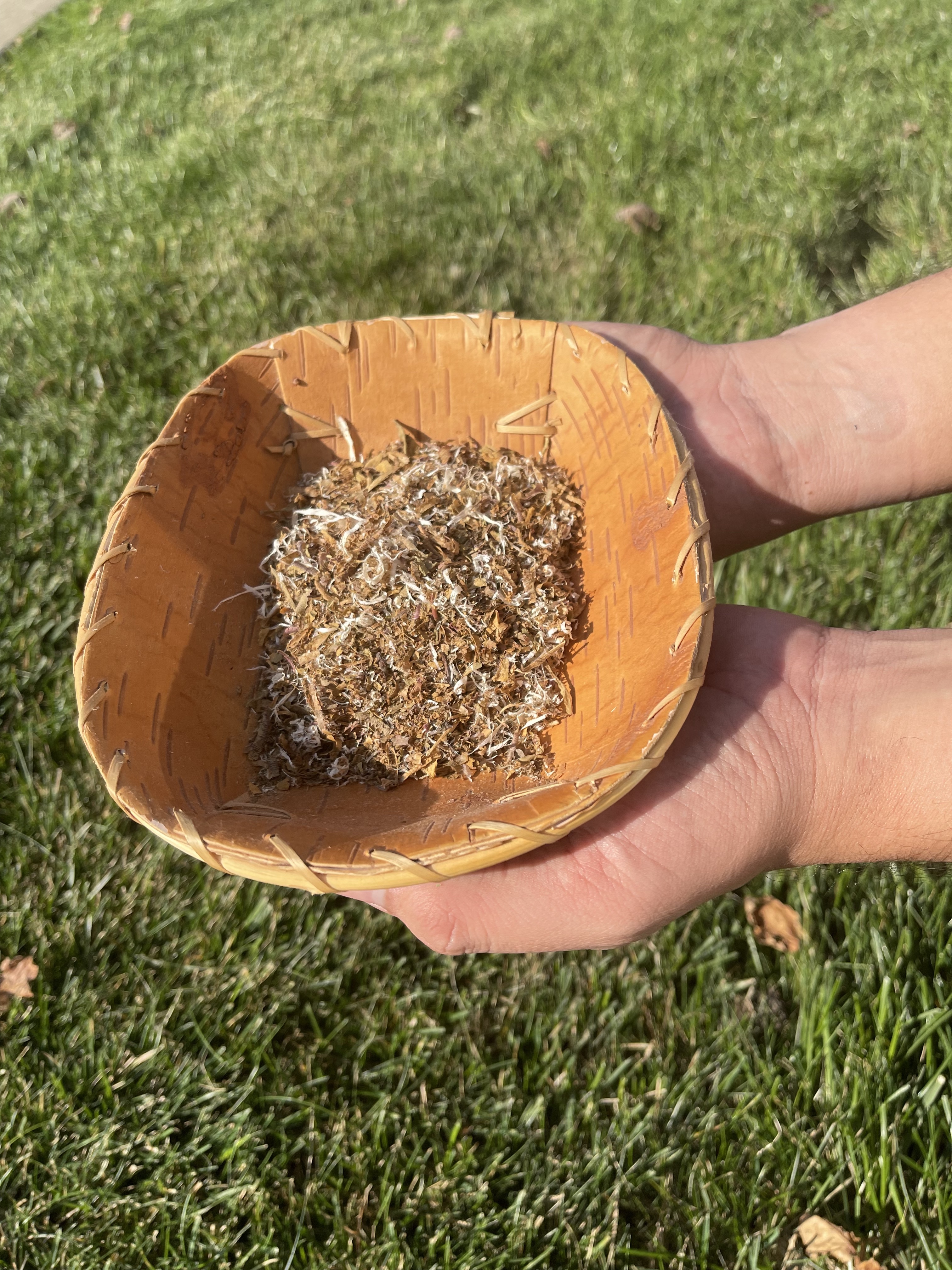Table of Contents
- – Native Cigarettes Are Now A Problem For Wester...
- – Get This Report about Tobacco Was Part Of Nati...
- – Fascination About Tobacco Industry Misappropr...
- – The Diné (Navajo) Healer Perspectives On Comm...
- – Top Guidelines Of American Indian And Alaska...
- – Our Decolonization Of Tobacco In Indigenous ...
- – How Native American Culture: Smoke Signals c...
- – The 10-Second Trick For Smoke Signals: The I...
- – Tobacco Industry Misappropriation Of America...
The 38-year-old stated he would be happy to make time. If so, he said, practice determined that he might not bring or show me any of the tobacco.
Yet tradition holds that cultivators' thoughts and intentions are instilled into the tobacco, which a female on her duration is mentally "really solid"potentially making her a lot more likely to absorb those unidentified thoughts and intentions, which might cause troubles for her and likewise modify the tobacco. Concerning an hour right into a far-ranging conversation that bounced from Greendeer's present role in helping expand the Ho-Chunk nation's company side to his tribe's tale regarding the development of people, he pulled out a deerskin bag of homemade cigarette, which he asked me not to touch
Native Cigarettes Are Now A Problem For Western Provinces, ... Can Be Fun For Everyone
Like Boudreau, Greendeer highlighted that to properly curb cigarette smoking prices there needs to be a social changeone that worries "keeping tobacco sacred"and teaching that to youngsters, he claimed. Far, he added, there have not been sufficient initiatives to urge such practices in his neighborhood. Yet various other Ho-Chunk area members informed me there are some early indicators that might be changingat the very least on a small scale.
Currently, Jon Greendeer informed me, he brings fresh expanded and dried out tobacco to community events; in the past, he would certainly acquire four packs of cigarettes to contribute. And although information on smoking cigarettes cessation initiatives within the tribe stays scarce, health and wellness studies Ho-Chunk authorities have actually taken amongst one considerable part of the communityits diabetic person populationsuggest their smoking cigarettes prices are going down considerably.
Get This Report about Tobacco Was Part Of Native American Culture Long Before ...
One of the tribe's biggest online casinos went smoke-free in August 2015making it the just such gambling enterprise in the state to do so. Numerous community members I spoke with guessed that the public discourse that swirled around that choice may have influenced individuals's thinking.
Cigarette smoking is no various than various other issues that overmuch affect Indigenous Americans' wellness, Isham reminded me in Wisconsin. Indicating the high diabetic issues rates, he stated, "At much of our typical events, a standard cultural food has come to be fry bread offered with taco meat on it, and we amusingly call it an 'Indian taco.'" Tribal members understand it adds to high weight problems and diabetes mellitus rates, but the tacos are also an example of exactly how the community adjusted and stayed resistant despite emigration.
Fascination About Tobacco Industry Misappropriation Of Native American ...
"We produced new foods from them in order to survivelike this fry bread. So now Indian tacos add to our problems, yes, however they are likewise an indication of our willpower. Really, it's the exact same point with business cigarettes.".
Native individuals smoke greater than any kind of various other racial team in the USA. As many as 22 percent of Indigenous individuals smoke, compared to 17% of Black people, seven percent of Oriental Americans, 10% of Latinos and 16% of non-Latino white people, according to data from the Center for Condition Control and Prevention.
The Diné (Navajo) Healer Perspectives On Commercial ... Ideas

"We utilize it in an extremely sacred way," stated Melissa Doud, supervisor of the Wisconsin Indigenous American Cigarette Network. We use it in offering, or when we need help and assistance. We use it if we gather a pet or wild rice.
"Everyone believes that gambling and smoking go together," Doud claimed. Doud claimed there are still two Aboriginal nations in Wisconsin that enable smoking cigarettes in their gambling enterprises, however studies reveal the community would choose they go smoke-free.
Top Guidelines Of American Indian And Alaska Native People
9 % of grownups smoking cigarette. 6 % of Caucasians smoke. For tobacco usage and Native Americans, this implies smoking cigarettes prices are 45 % greater in the subpopulation than in the basic population.
For instance, Indigenous Americans and Alaska Natives are more probable to be "light" cigarette smokers (defined as smoking cigarettes much less than 15 cigarettes daily) than non-natives. Nonetheless, they're also more probable to smoke stogies and pipelines than other racial or ethnic groups, and they're additionally a lot more likely to utilize chewing tobacco.
Our Decolonization Of Tobacco In Indigenous Communities ... PDFs
According to the CDC, 52. 1 % of Indigenous American and Alaska Indigenous smokers desire to quit. This rate is much lower than that for various other races. For instance, 74. 1 % of African-American smokers wish to stop, and aside from Indigenous Americans, the cheapest rate is among Latino/Hispanic cigarette smokers, of whom 58 - cultural significance of native smokes.
How Native American Culture: Smoke Signals can Save You Time, Stress, and Money.
Nevertheless, lax policies similar to this result from the social importance of cigarette smoking for Indigenous Americans, so it isn't a problem that can be conveniently fixed. The challenge provided by the link between tobacco usage and Indigenous Americans isn't a very easy one to overcome, however there are many actions that can be taken at the social and individual degrees to aid bring the smoking price down.

Specific Indigenous American cigarette smokers can stop making use of the very same approaches offered to any type of other cigarette smokers. Due to the cultural importance of tobacco for indigenous individuals, a non-abstinence reliant technique like motivating the use of smokeless cigarette may be the finest strategy - cultural significance of native smokes. Although it might be more effective to some to quit all tobacco usage, chewing tobacco decreases wellness threats while still enabling people to utilize tobacco in some kind.
The 10-Second Trick For Smoke Signals: The Importance Of Oral Tradition In Native...
During this time, Native Americans were restricted to extra highly addicting and unsafe forms of commercial cigarette; dependency to industrial tobacco, such as smoking cigarettes, came to be more widespread among Native people. In Minnesota, 59 percent of American Indian grownups smoke (TTUP, 2013), compared to 14. 5 percent of Minnesota's general population (BRFSS, 2017).
According to searchings for from the Wisconsin American Indian Young People Tobacco Study (2008-2009), using standard cigarette in ceremonies is a protective factor against cigarette misuse. Youth that make use of traditional tobacco in ceremony were much less likely to have actually ever smoked industrial cigarette or to have actually smoked industrial tobacco in the last 30 days than those who had not.
Tobacco Industry Misappropriation Of American Indian ... - Questions
They likewise have leadership opportunities, arrange community cultural events, and engage with various other Indigenous American organizations in the Double Cities as part of their larger community. A current Ain Dah Yung neighborhood survey validated that young people are drawn to the program partly as a result of the neighborhood connections and support group that flourish here.
When she goes to gather in the garden, or goes searching, she uses the cigarette in thanks. "For that pet giving their spirit to you, for that plant giving the present of food, for their present of life and nourishment, you offer your tobacco. I wish to advertise traditional cigarette because it keeps me in balance with the pets and the plants and the beings that are around us." De, Cory claims the Ninjanisag program is expanding.
Table of Contents
- – Native Cigarettes Are Now A Problem For Wester...
- – Get This Report about Tobacco Was Part Of Nati...
- – Fascination About Tobacco Industry Misappropr...
- – The Diné (Navajo) Healer Perspectives On Comm...
- – Top Guidelines Of American Indian And Alaska...
- – Our Decolonization Of Tobacco In Indigenous ...
- – How Native American Culture: Smoke Signals c...
- – The 10-Second Trick For Smoke Signals: The I...
- – Tobacco Industry Misappropriation Of America...
Latest Posts
The Exclusive Roofing Leads - Roofer Marketers Diaries
Untitled
Get This Report on Local Seo Case Studies For Your Small Business
Navigation
Latest Posts
The Exclusive Roofing Leads - Roofer Marketers Diaries
Untitled
Get This Report on Local Seo Case Studies For Your Small Business